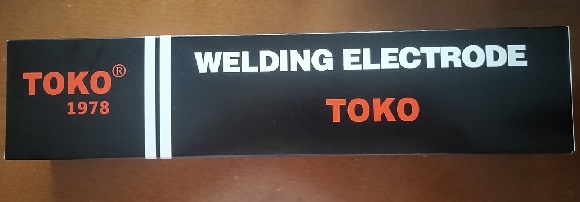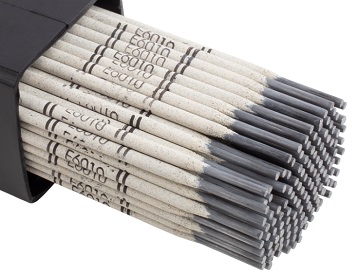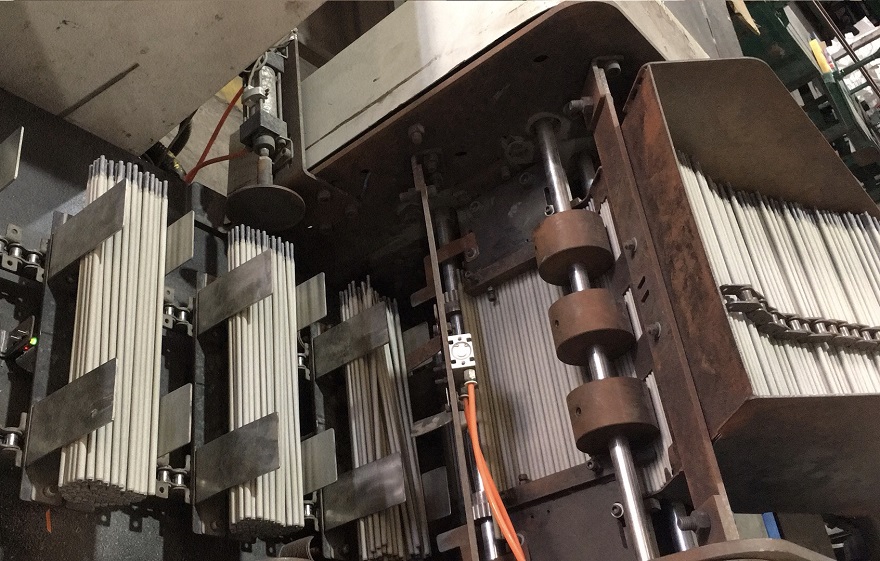
E6010 Welding Rod uses
E6010 Welding Rod is having a tensile strength of 60 Ksi & Yield strength of 48 Ksi, that makes it a mild steel Stick welding rod. The most important uses of E6010 Welding rods are:
1, Welding of pipeline root run: E6010 gives deep penetration for open root welds in piping joints. This make E6010 a first choice for pipeline welding.2, Good for overhead welding: E6010 has no slag and weld pool is fast freezing characteristics. This makes E6010 welding rod ideal for welding in overhead welding position.
3, Welding on rusty & dirty surface: Welding with E6010 on rusty and dirty surface is ideal choice compared to other electrodes. Reason- E6010 welding rod gives deeper penetration and thus ensure good fusion in such conditions.
4, Weld with no Slag: As mentioned earlier, due to cellulose coating, there is no slag involved with E6010 Welding rods. so cleaning is must easier and faster compared to E6013 or E7018, for example. This make is best welding rod for open root run welding.
E6010 Welding Rod Amperage
E6010 Welding rod amperage depends on the welding rod diameter. A 3/32 inch rod can be run with 40 to 70 amperage, 1/8 inch on 70-125 amperage, 5/32 inch rod on 90 to 170 amperage.
Welding amperage selection chart for E6010 is given below for reference:
| Welding Rod Diameter | Welding Amperage (Current) |
| 3/32-inch (2.5 mm) | 40- 70 |
| 1/8-inch (3.2 mm) | 70- 125 |
| 5/32-inch (4 mm) | 90- 170 |
| 3/16-inch (5 mm) | 140- 220 |
Does E6010 Requires Baking or Holding before use?
 E6010 Welding rod shall be used without baking. Due to the high amount of
moisture required for the E6010 rod, baking or reconditioning will adversely
affect its usability characteristics and break the coating.
E6010 Welding rod shall be used without baking. Due to the high amount of
moisture required for the E6010 rod, baking or reconditioning will adversely
affect its usability characteristics and break the coating.
Why E6010 has poor arc stability with AC?
Sodium is having low arc stabilizing power due to its smaller atom. Thus it holds its outer cell electrons tighter making them difficult to lose.
As we know in AC welding, the current alternate from position to negative and reaches zero during their alternation.
Now due to restricted electron movements with Sodium present in E6010 coating, an arc will distinguish during this phase when the current reaches zero.
Thus making very poor arc stability and arc maintainability when using an E6010 Welding rod. In DCEP as there is no current alternation, and it is always in the position zone, DCEP suits best for E6010 welding rod. Download AWS
E6010 MTC.

The information contained or otherwise referenced herein is presented only as “typical” without guarantee or warranty, and TOKO Corporation expressly disclaims any liability incurred from any reliance thereon. Typical data and Test results for mechanical properties, deposit or electrode composition and other properties were obtained from a weld produced and tested according to prescribed standards, and should not be assumed to be the expected results in a particular application or weldment. Actual results will vary depending on many factors, including, but not limited to, weld procedure, plate chemistry and temperature, weldment design and fabrication methods. Users are cautioned to confirm by qualification testing, or other appropriate means, the suitability of any welding consumable and procedure before use in the intended application.

